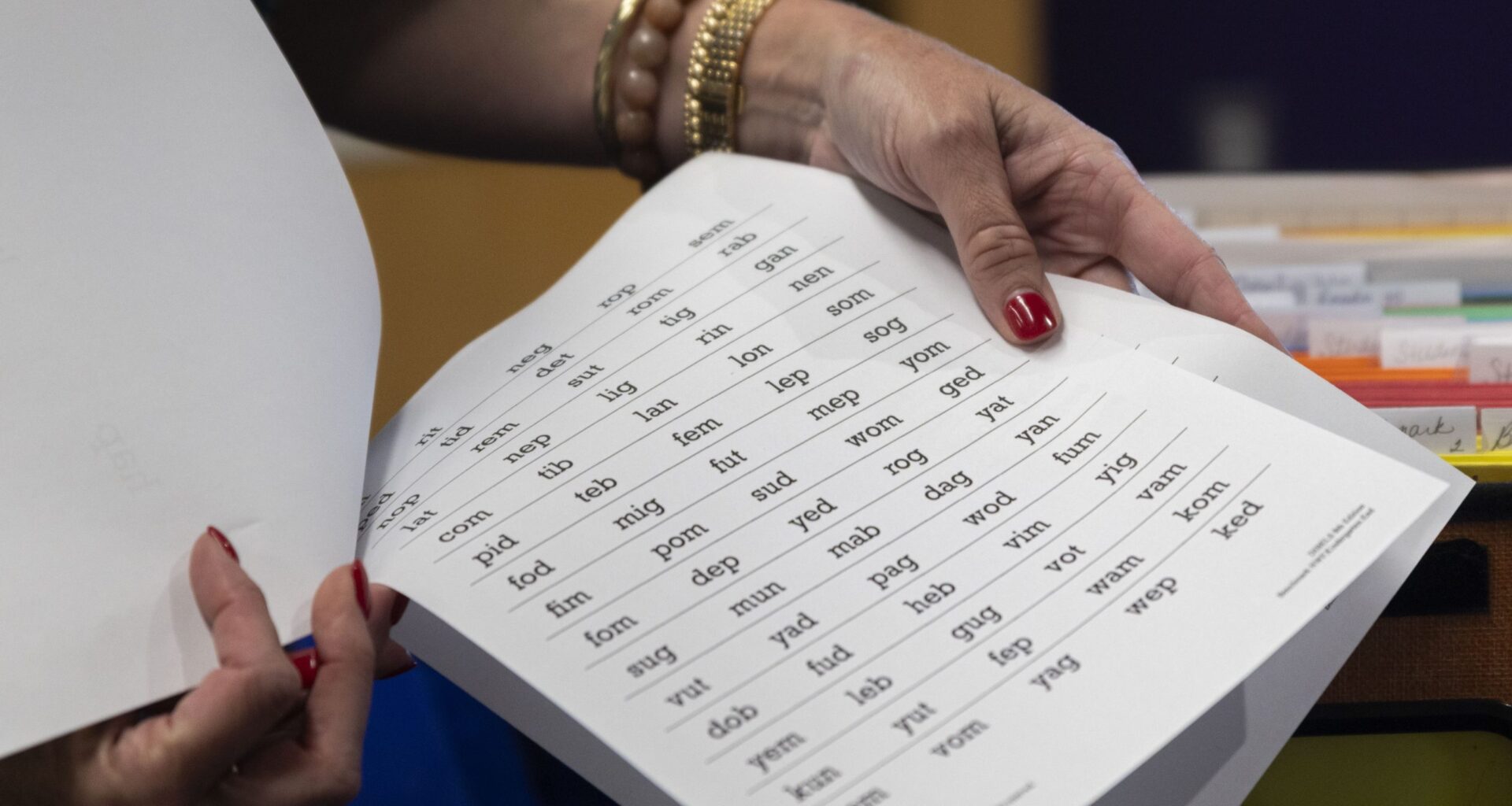Fort Worth ISD parent Melony Watson stood at the podium inside the district board room, her voice steady but firm, and asked her daughter to stand.
Trinity rose from her seat, 10 rows behind her mother.
“She made it all the way to the fourth grade before anybody realized that she was dyslexic and couldn’t read,” Watson told Fort Worth ISD trustees June 24. “I come here every month because I don’t ever want another child, like my child, to feel like she’s a failure.”
Moments later, Superintendent Karen Molinar laid out the district’s redesigned dyslexia model centered around two new programs: Take Flight, a therapist-delivered intervention for students with the most significant needs, and Bridges, a teacher-led program supported by a virtual avatar co-teacher.
The decision marks a shift in how Fort Worth ISD identifies and supports students with dyslexia, and reflects the district’s broader emphasis on literacy, which Molinar called “an emergency response.”
The district’s dyslexia program has produced inconsistent results, Molinar told trustees. Student progress in decoding and comprehension stalled, even when students completed the program. The issue, she said, wasn’t just the curriculum, it was also uneven training among providers and a lack of districtwide alignment.
“There’s no reason to keep doing the same model, using the same curriculum, and not getting the results that we want,” Molinar said. “You have to do things differently.”
Take Flight will begin at select elementary campuses in the 2025-26 school year. The program, developed by Scottish Rite for Children, requires two years of intensive therapist training.
Bridges, a transitional program designed to scale more quickly, will serve students at other campuses. It follows the same structured literacy principles and features co-teaching with an avatar named Miss Hallie.
Across the district, 17 teachers have already begun Take Flight training, including eight through Scottish Rite and nine through Education Service Center Region 11.
Another 60 educators are set to begin Bridges training in July.
District leaders said the model balances immediate access with long-term impact. Bridges will provide high-quality intervention while more staff are trained to deliver Take Flight in the future.
“This is not cheap. It’s intensive. It is best in class in the literal sense,” said Deputy Superintendent Mohammed Choudhury. “We are the largest ISD in Texas to ever take Take Flight at this level.”
The district is offering extra-duty compensation for summer training and asking for a two-year commitment from all participating educators. Take Flight includes 700 clinical hours toward Certified Academic Language Therapist certification, part of the district’s goal to build an internal pipeline of dyslexia specialists.
Still, trustee Camille Rodriguez raised concerns about teacher retention after the investment.
“We don’t have a good answer to that yet,” Molinar said, noting that once certified, teachers become highly sought after by other districts and private providers.
The new dyslexia model comes on the heels of higher-than-expected gains in early literacy across Fort Worth ISD.
“We are very proud of our campuses,” Molinar said. “But we still need to close that gap.”
She pointed trustees to one slide in particular: 35% of third grade students still did not meet reading expectations.
“That’s 35% of our students going into fourth grade,” she said. “So now we have to double down again.”
Most elementary students identified with dyslexia will begin receiving Bridges instruction this upcoming school year, while Take Flight rolls out to a smaller group of students.
Over the next three years, Choudhury said, the goal is for all campuses to shift to Take Flight as more teachers earn certification.
In the meantime, the district is working to expand literacy interventions across all grade levels, and use additional instructional days allowed under House Bill 3 to help catch students up, especially in middle school.
But for families like Watson’s, the most important change is already in motion.
“I wanted to put a face to dyslexia,” Watson said. “So you know and understand and see why we’re out here fighting.”
Matthew Sgroi is an education reporter for the Fort Worth Report. Contact him at matthew.sgroi@fortworthreport.org or @matthewsgroi1.
News decisions are made independently of our board members and financial supporters. Read more about our editorial independence policy here.
Related
Fort Worth Report is certified by the Journalism Trust Initiative for adhering to standards for ethical journalism.
Republish This Story
Republishing is free for noncommercial entities. Commercial entities are prohibited without a licensing agreement. Contact us for details.
